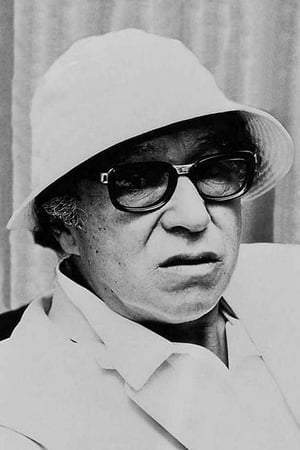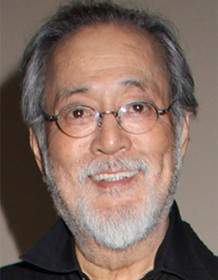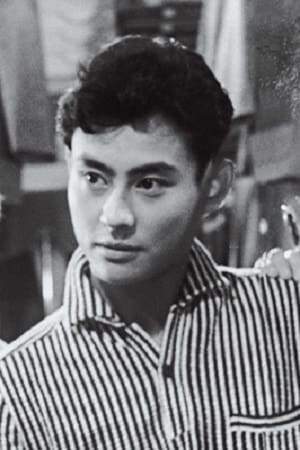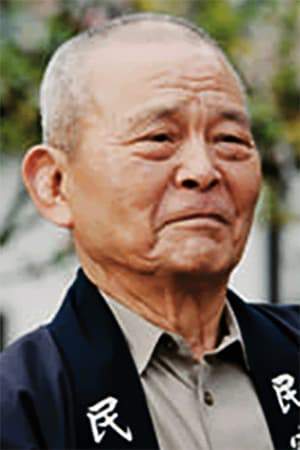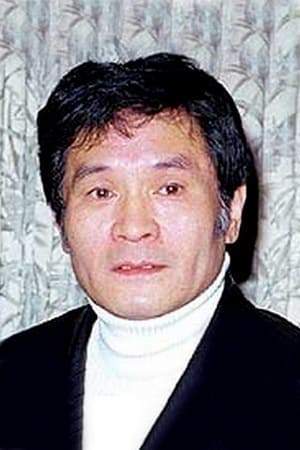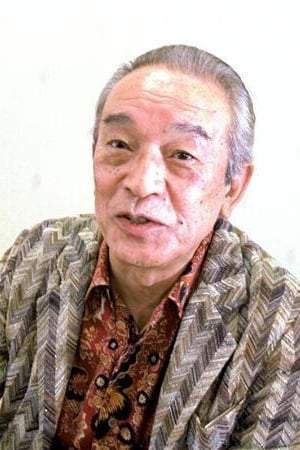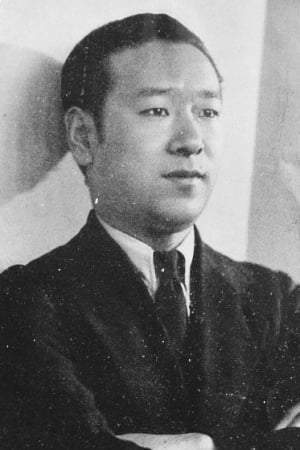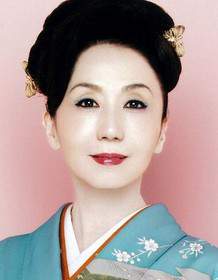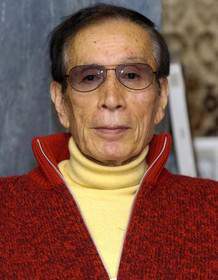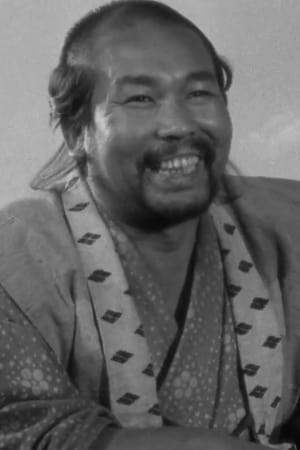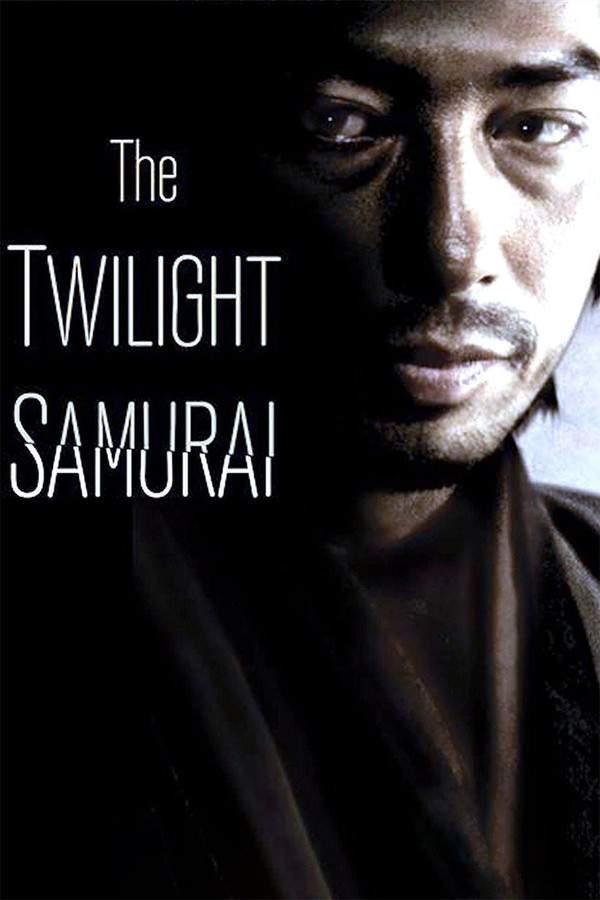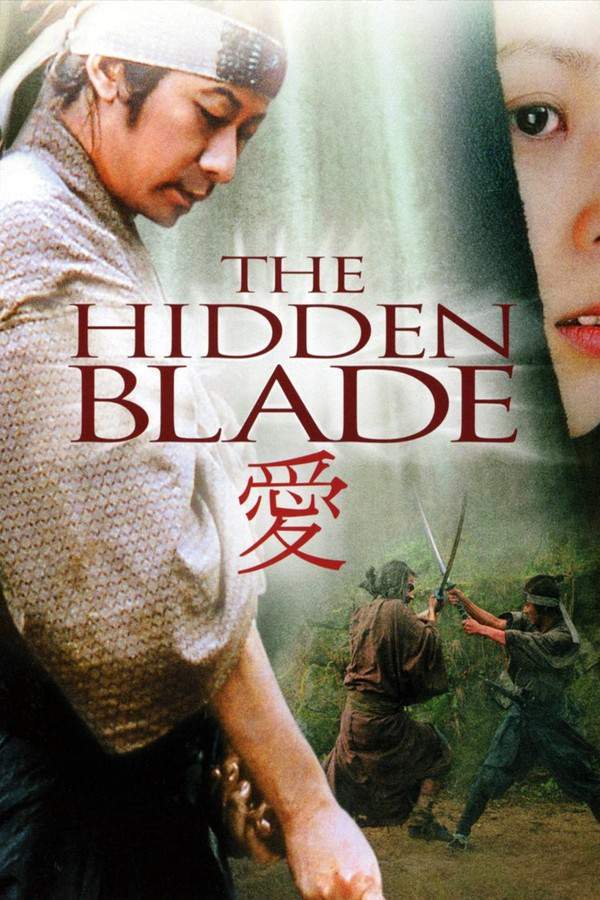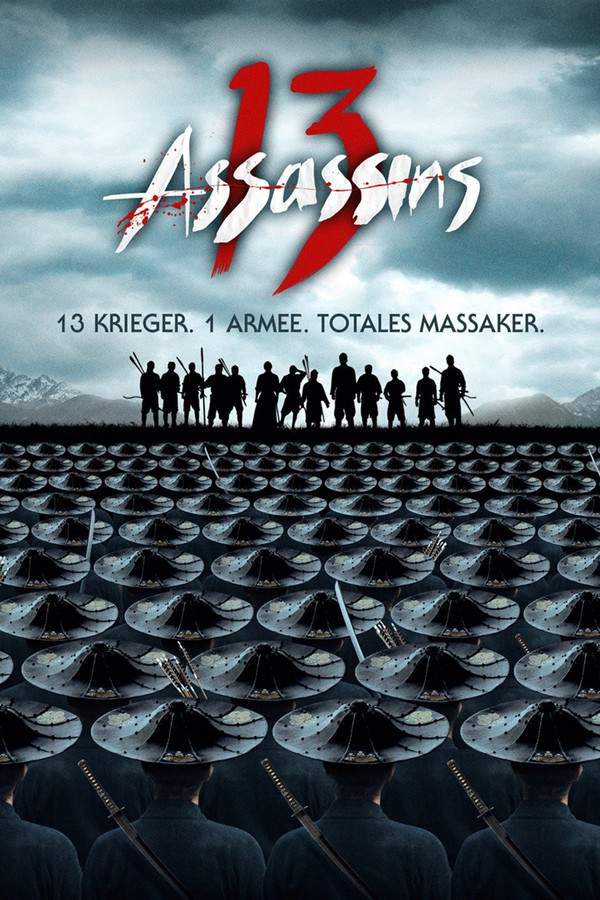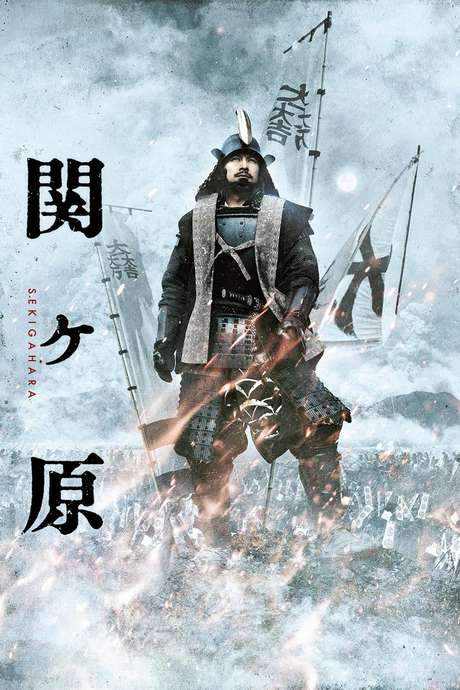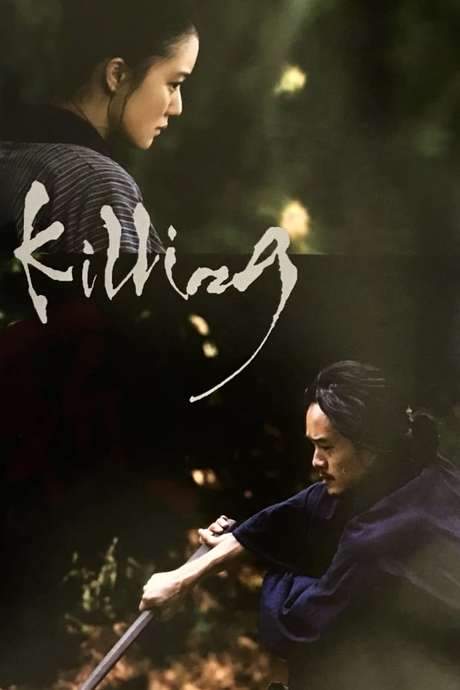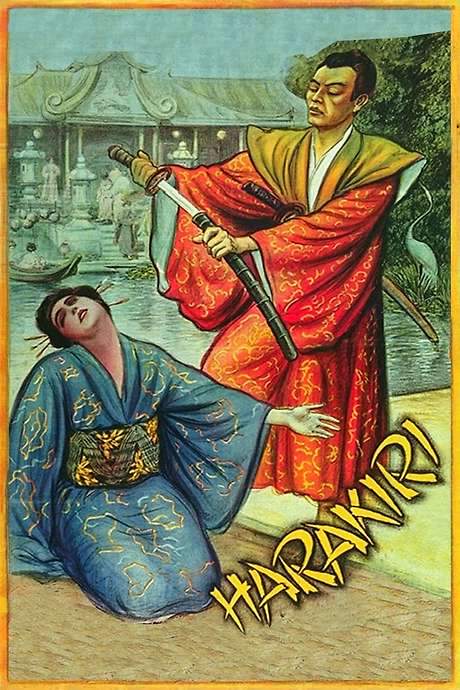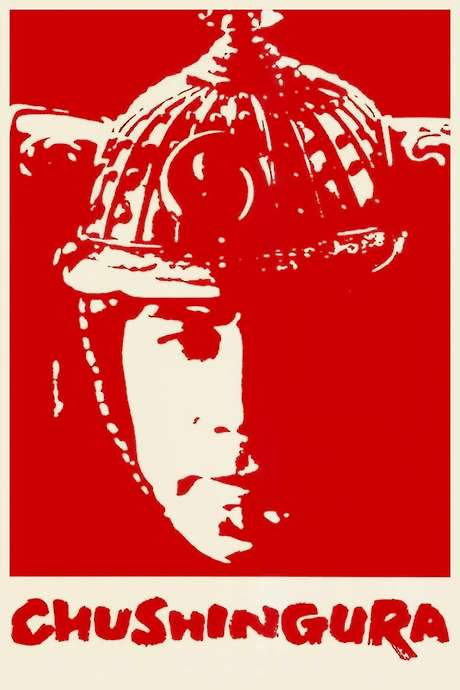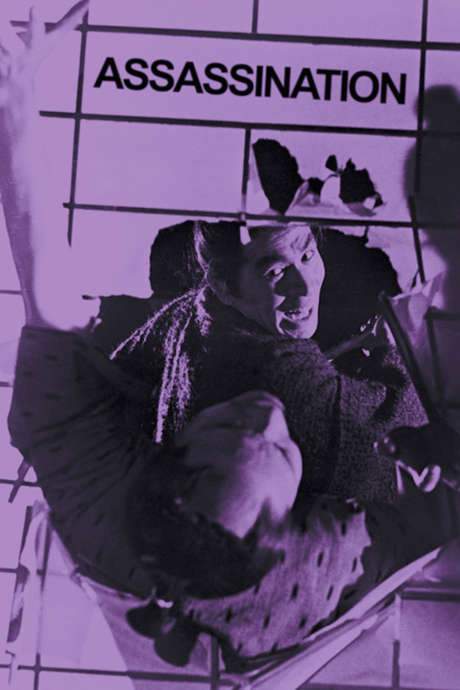Harakiri 1964
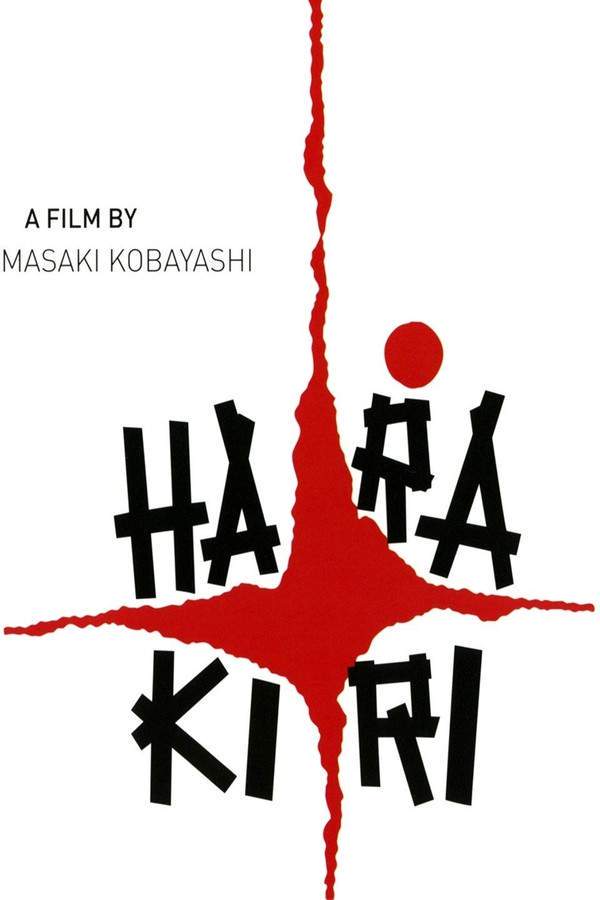
An aging samurai, Hanshiro Tsugumo, requests permission from Kageyu Saito to commit seppuku, a ritual suicide signifying ultimate honor. His request stirs up long-buried tensions and exposes a complex history of loyalty, betrayal, and bitter rivalries within the clan. As the samurai's past is revealed, the traditions and obligations that bind them are tested, leading to a tragic confrontation and a profound exploration of duty and sacrifice.
Does Harakiri have end credit scenes?
No!
Harakiri does not have end credit scenes. You can leave when the credits roll.
Meet the Full Cast and Actors of Harakiri
Explore the complete cast of Harakiri, including both lead and supporting actors. Learn who plays each character, discover their past roles and achievements, and find out what makes this ensemble cast stand out in the world of film and television.
External Links and Streaming Options
Discover where to watch Harakiri online, including streaming platforms, rental options, and official sources. Compare reviews, ratings, and in-depth movie information across sites like IMDb, Rotten Tomatoes or Metacritic.
Ratings and Reviews for Harakiri
See how Harakiri is rated across major platforms like IMDb, Metacritic, and TMDb. Compare audience scores and critic reviews to understand where Harakiri stands among top-rated movies in its genre.

85
Metascore
8.7
User Score


100%
TOMATOMETER

97%
User Score

8.6 /10
IMDb Rating
Take the Ultimate Harakiri Movie Quiz
Challenge your knowledge of Harakiri with this fun and interactive movie quiz. Test yourself on key plot points, iconic characters, hidden details, and memorable moments to see how well you really know the film.
Harakiri Movie Quiz: Test your knowledge about the 1964 film Harakiri, a poignant exploration of honor, sacrifice, and the samurai code.
What is the primary motivation of Hanshiro Tsugumo's visit to Lord Iyi's residence?
To seek employment as a samurai
To request temporary asylum
To commit harakiri in order to restore his honor
To challenge Lord Iyi to a duel
To commit harakiri in order to restore his honor
Show hint
Full Plot Summary and Ending Explained for Harakiri
Read the complete plot summary of Harakiri, including all major events, twists, and the full ending explained in detail. Explore key characters, themes, hidden meanings, and everything you need to understand the story from beginning to end.
“Seppuku,” also known as “Harakiri” in the West, presents a profoundly excruciating and chaotic method of ending one’s life. This ancient ritual involves the practitioner slicing open their abdomen, commencing from the left and moving towards the right, then finishing from the top downwards. Luckily, there’s a procedure in place to mitigate the agony; a swordsman referred to as the “kaishakunin” stands by ready to execute a decapitation at a predetermined moment in the ceremony. In 1603, Lord Ieyasu Tokugawa, who established Japan’s last significant shogunate dynasty, decreed the discontinuation of harakiri among both primary and secondary retainers. A firmer order was issued by Lord Nobutsuna Matsudaira of Izu in 1663, ultimately abolishing the practice entirely. By this period, harakiri had degenerated into an empty ritualistic formality; the unfortunate individual would be decapitated the moment they unsheathed their sword, thus sidestepping a prolonged suffering. In some cases, a mere fan replaced the sword!
The narrative unfolds on May 13, 1630, in Edo. After the Tokugawa Shogunate’s consolidation of power during the early 17th century, only a few feudal clans remained, resulting in a significant reduction—though not a complete elimination—of the samurai class. A gaunt ex-retainer of the Geishu Lord turns up at the gates of Lord Iyi’s official residence. This enigmatic and melancholic ronin, Hanshiro Tsugumo (Tatsuya Nakadai), who has been without employment since the Geishu Clan’s dissolution in 1619, seeks temporary shelter with the Clan to fulfill his wish of dying honorably through harakiri.
Tsugumo is not the first ronin to approach a local clan with such a pleasantry. The ongoing recession led to several desperate individuals knocking on doors, including one who recently visited Lord Iyi’s residence with similar motives. Initially, these struggling samurai were met with compassion and were generously turned away with meager alms. However, this goodwill was exploited by a few destitute ronin who feigned the urge to commit harakiri hoping for a chance at employment or a bit of financial assistance while preserving their lives—an understandable ploy in an era devoid of social welfare.
The elder of the Iyi Clan, Kageyu Saito (Hisashi Igawa), meets with Tsugumo but cautions him about making such a grave request unless he is genuinely resolute. Saito narrates the lamentable fate of another ronin, Motome Chijiiwa (Akira Ishihama), who had attempted to secure financial support under the false pretense of committing harakiri, only to find himself ensnared and ultimately compelled to follow through with the ritual. To add to the tragedy, Motome had sold his sword’s razor-sharp blades out of desperation, replacing them with bamboo substitutes. Forced to perform the ritual with inadequate weapons underscores the harsh realities faced by the samurai, who are bound to their swords, “tachi” or “katana” for the long sword, and “tanto” or “wakizashi” for the shorter blade—all integral to their identity and honor.
Undaunted by this horrifying tale, Tsugumo resolutely reaffirms his intention to proceed with harakiri. Believing this could serve as a cautionary example for the younger members, Saito concedes to Tsugumo’s request. He prepares himself to perform the ritual on a small raised platform in the sand-covered courtyard, with his wakizashi laid before him and surrounded by the entire Clan.
Tsugumo requests that the clan’s top swordsman, Hikokuro Omodaka (Tetsurô Tanba), act as his second, but alas, he is absent from the ceremony. A messenger is dispatched to bring him back. In the interim, Tsugumo, a master storyteller, begins to narrate the tale that has led him to this fateful moment. With a voice as deep and resonant as a thunderstorm, he spins a narrative reminiscent of the grand epics of the past, encapsulating his sorrowful past, including the harrowing tale of his dear friend Jinna Chijiiwa (Yoshio Inaba), who succumbed to harakiri upon the dissolution of their Clan.
Tsugumo’s recollections weave seamlessly into vivid flashbacks, revealing the burden of his journey. As word comes back that Omodaka cannot be present, Tsugumo requests for yet another kaishakunin, Hayato Yazaki (Ichirô Nakatani), but he too is unfortunately missing. After several rounds of requests, Tsugumo ultimately names Umenosuke Kawabe only to find him unavailable as well. Saito begins to sense a potential deception but struggles to grasp the entire picture. He figures to substitute himself as a second, ordering the ritual to progress. However, Tsugumo manages to buy crucial time, continuing his poignant tale.
Amidst desolation and poverty, Tsugumo narrates how his family once thrived until illness struck his daughter and grandchild. Consequently, Motome, driven by fate, found himself at Lord Iyi’s residence in search of help, a pursuit that would seal his tragic destiny. In a moment of rage and frustration, Saito commands his men to attack as Tsugumo suddenly reveals three topknots belonging to their former owners, shattering the facade held by the arrogant samurai. He boldly proclaims, > “To lose one’s topknot is equivalent to losing one’s life,” highlighting an unforgivable dishonor that even death cannot expunge!
Tsugumo closes his tale by revealing how he dueled each of the three now-absent swordsmen, and after emerging victorious, claimed their topknots instead of their lives—a supreme humiliation for any samurai. The gripping climax sees Tsugumo facing off against Omodaka amidst a gracefully choreographed battle, culminating in a powerful and emotional confrontation. In a desperate move, Tsugumo, gravely injured, lifts the Clan’s esteemed idol above his head before smashing it to the ground, a symbolic gesture of rebellion against a disdained code of conduct.
Tragically, not a valiant swordsman, but rather a cowardly squad of musket-toting warriors delivers the final blow of Tsugumo’s seppuku. Even in this final act, the principles of bushido are tarnished by the Clan’s actions. Following the tumult, the aftermath reveals a casualty report highlighting four deaths and eight injuries, with Omodaka being the sole one to commit harakiri in an act of despair. The remaining seconds face potential harakiri at command from Saito, but for the sake of appearances, these losses will be recorded simply as fatalities from illness, preserving the Clan’s honor in a society built on appearances.
Uncover the Details: Timeline, Characters, Themes, and Beyond!

Coming soon on iOS and Android
The Plot Explained Mobile App
From blockbusters to hidden gems — dive into movie stories anytime, anywhere. Save your favorites, discover plots faster, and never miss a twist again.
Sign up to be the first to know when we launch. Your email stays private — always.
Discover Film Music Concerts Near You – Live Orchestras Performing Iconic Movie Soundtracks
Immerse yourself in the magic of cinema with live orchestral performances of your favorite film scores. From sweeping Hollywood blockbusters and animated classics to epic fantasy soundtracks, our curated listings connect you to upcoming film music events worldwide.
Explore concert film screenings paired with full orchestra concerts, read detailed event information, and secure your tickets for unforgettable evenings celebrating legendary composers like John Williams, Hans Zimmer, and more.


Harakiri Themes and Keywords
Discover the central themes, ideas, and keywords that define the movie’s story, tone, and message. Analyze the film’s deeper meanings, genre influences, and recurring concepts.

Unlock the World of Movies with Our Comprehensive Wiki
Dive into our Movie Wiki for in-depth film encyclopedia entries, including cast biographies, production trivia, plot synopses, behind-the-scenes facts, and thematic analyses. Whether you’re researching iconic directors, exploring genre histories, or discovering hidden easter eggs, our expertly curated movie database has everything you need to fuel your cinematic passion.

Similar Movies To Harakiri You Should Know About
Browse a curated list of movies similar in genre, tone, characters, or story structure. Discover new titles like the one you're watching, perfect for fans of related plots, vibes, or cinematic styles.
Quick Links: Summary, Cast, Ratings, More

What's After the Movie?
Not sure whether to stay after the credits? Find out!
Explore Our Movie Platform
New Movie Releases (2025)
Famous Movie Actors
Top Film Production Studios
Movie Plot Summaries & Endings
Major Movie Awards & Winners
Best Concert Films & Music Documentaries
Movie Collections and Curated Lists
© 2025 What's After the Movie. All rights reserved.



